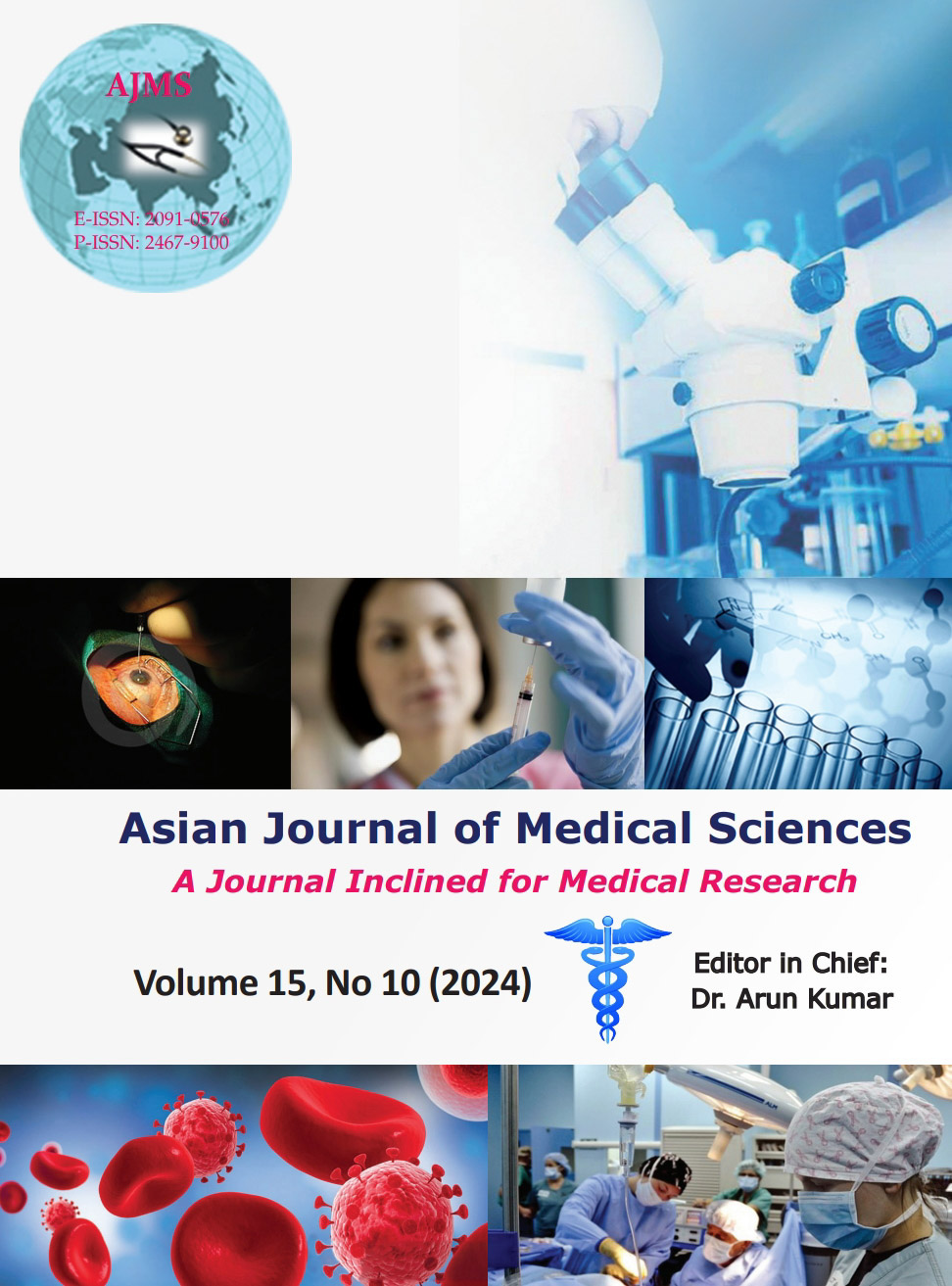Role of computed tomography enteroclysis in the evaluation of small bowel diseases
Keywords:
Small bowel diseases; Enteroclysis; Alimentary tract; Fluoroscopy; GastroenterologyAbstract
Background: Examining small bowel loops within the peritoneal cavity poses significant challenges because of their length and overlapping nature.
Aims and Objectives: This study aimed to evaluate the utility of computed tomography enteroclysis (CTE) in diagnosing small intestinal diseases and to understand its clinical application.
Materials and Methods: The study was conducted from November 2019 to October 2021 in 30 patients undergoing CTE treatment. The day before treatment, bowel preparation included a low-residue diet, lots of fluids, an overnight fast of 8–12 h, and laxatives. A 16-slice Aquilion Lightning computed tomography (CT) scanner was used in general hospitals, and a 128-slice GE Healthcare helical CT scanner was used in multispecialty hospitals.
Results: Among the 30 patients, 20 (66.7%) were male, and 10 (33.3%) were female, predominantly aged between 30 and 60 years old. Positive findings were noted in 23 patients (76.7%), including intestinal tuberculosis, inflammatory bowel disease, small bowel obstruction, and neoplastic lesions. Various small intestinal pathologies, such as non-specific edema, intussusception, and ischemic bowel disease, were also identified.
Conclusion: This raises the standard of current small bowel imaging by delivering suitable intestinal distension using the enteral volume challenge principle and helps identify and characterize small-bowel problems.
Downloads
Downloads
Published
How to Cite
Issue
Section
License
Copyright (c) 2024 Asian Journal of Medical Sciences

This work is licensed under a Creative Commons Attribution-NonCommercial 4.0 International License.
Authors who publish with this journal agree to the following terms:
- The journal holds copyright and publishes the work under a Creative Commons CC-BY-NC license that permits use, distribution and reprduction in any medium, provided the original work is properly cited and is not used for commercial purposes. The journal should be recognised as the original publisher of this work.
- Authors are able to enter into separate, additional contractual arrangements for the non-exclusive distribution of the journal's published version of the work (e.g., post it to an institutional repository or publish it in a book), with an acknowledgement of its initial publication in this journal.
- Authors are permitted and encouraged to post their work online (e.g., in institutional repositories or on their website) prior to and during the submission process, as it can lead to productive exchanges, as well as earlier and greater citation of published work (See The Effect of Open Access).




